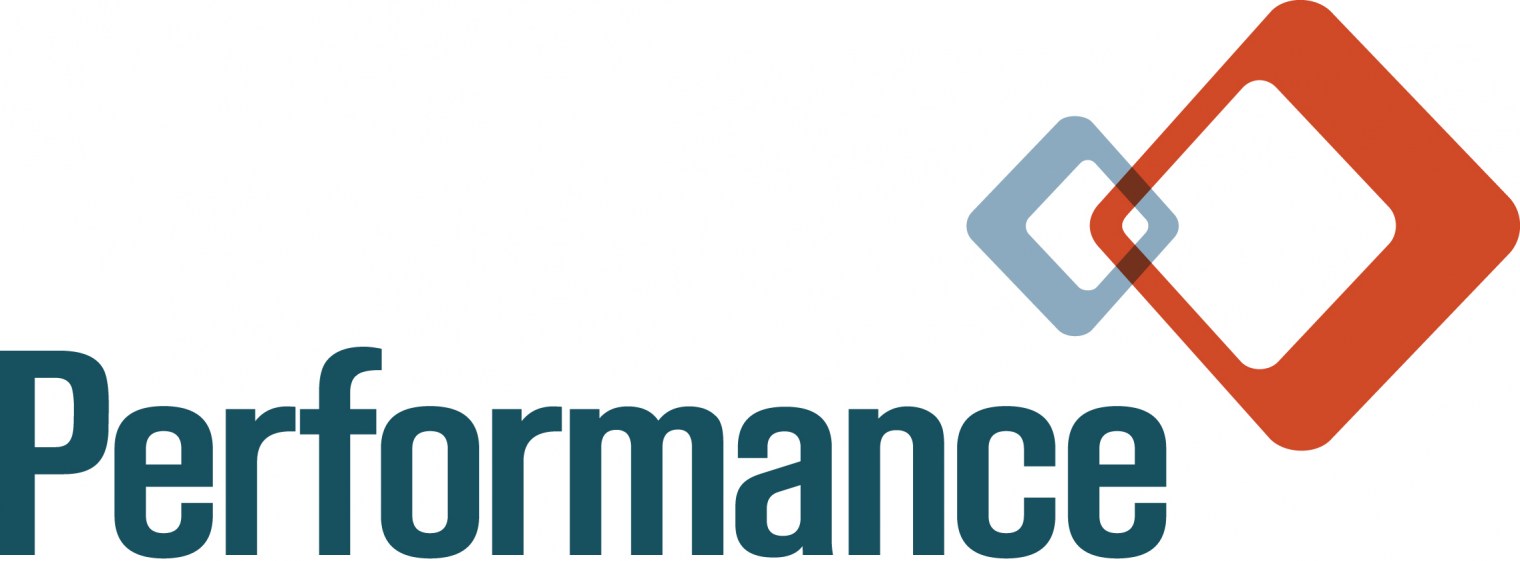In the complex world of aviation, where safety is paramount, adherence to stringent standards is crucial. DO-178C, the industry standard for software development in airborne systems, plays a pivotal role in ensuring the safety and reliability of avionics software. At Performance, we understand how to successfully navigate the DO-178C compliance landscape, which is essential to steer clear of common mistakes that could compromise the integrity of the certification process.
1. Inadequate Planning (DO-178C Planning Process)
One of the foundational mistakes is a failure to establish a comprehensive software development plan. This plan should cover all aspects of the software development life cycle, aligning with DO-178C objectives and providing a roadmap for successful certification.
2. Incomplete Requirements Analysis
Insufficiently analyzing and documenting software requirements can lead to critical gaps in understanding. A thorough requirements analysis is essential, ensuring traceability between system requirements and software requirements.
3. Poor Configuration Management
Inadequate configuration management for software artifacts can introduce chaos into the development process. A robust configuration management process is necessary to control changes to all software-related items effectively.
4. Ineffective Verification and Validation
Neglecting proper verification and validation activities is a common pitfall. Establishing a comprehensive plan that includes unit testing, integration testing, and system testing is crucial to uncover and address potential issues.
5. Lack of Traceability
Failure to establish and maintain traceability between different software life cycle data can jeopardize the certification process. Implementing a traceability matrix is vital for demonstrating the relationships between requirements, design, code, and verification artifacts.
6. Insufficient Documentation
Proper documentation is the backbone of a successful DO-178C compliance effort. Inadequate documentation at any phase of development, including design, coding, testing, and reviews, can lead to setbacks in the certification process.
7. Inadequate Change Management
Poorly managing changes to the software introduces risks. Establishing a robust change management process is essential to evaluate, approve, and document changes to software artifacts.
8. Inadequate Software Configuration Index (SCI) Management
Neglecting the proper management of the Software Configuration Index can result in confusion and errors. Establishing and maintaining an accurate SCI is crucial to managing and controlling the status of software configuration items.
9. Mismanagement of Low-Level Requirements
Low-level requirements deserve as much attention as their higher-level counterparts. Ensuring that low-level requirements are clear, testable, and traceable to higher-level requirements is key to a successful compliance effort.
10. Lack of Independence in Verification
Independence in the verification process is a cornerstone of DO-178C compliance. Failing to ensure independence between those who develop the software and those who verify it can compromise the objectivity of the assessment.
Your Trusted Partner for DO-178C
Achieving DO-178C compliance demands meticulous planning, attention to detail, and adherence to industry best practices; which is why when it comes to choosing a software development partner, it’s important to ensure that they are experienced in the various intricacies of DO-178.
Performance is no stranger to DO-178C software development and our legacy is built upon 25 years of successfully delivering and managing all phases of systems and software development–from planning documentation, requirement definition, system integration, to post-delivery support. We know how to avoid the common mistakes listed above, paving the way for a smoother certification process, and ultimately contributing to the increased safety and reliability of airborne systems. To view Performance’s DO-178C capabilities, visit our Commercial Aviation page.


